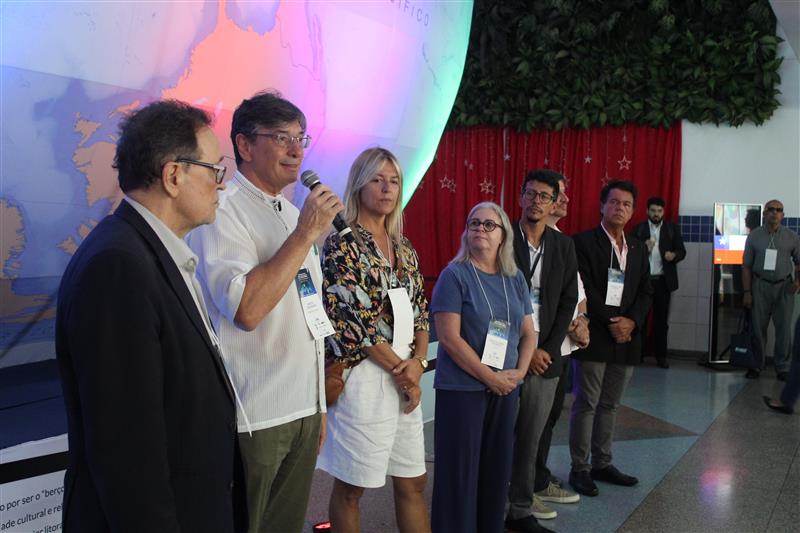PNAD COVID19
After a period away due to the pandemic, 1.1 million persons go back to work in the first week of August
August 28, 2020 09h00 AM | Last Updated: August 28, 2020 03h06 PM

About 1.1 million persons away from work due to social distancing during the Covid-19 pandemic went back to work in the first week of August, in comparison with the fourth week of July. Data comes from the weekly edition of PNAD COVID19, released today (28) by the IBGE. Results relative on the fifth week of July were available due to a technical stop in the survey.
Between the fourth week of July and the first week of August, there was a decrease from 5.8 million to 4.7 million in the number of persons away from work due to the pandemic. And also a decrease from 3.0 million to a little more than 2.2 million in the group away from work for other reasons, for example sick or maternity leave. The employed population not away from work, however, recorded an increase (74.7 million).
“That means the population away from work, due to the pandemic or other factors, is now coming back to their previous activities,” Maria Lúcia Vieira, manager of the survey explains, as she adds that, since the start of the survey, in the beginning of May, the employed population not away from work increased by 10.8 million.

The number of employed persons working remotely was stable (8.6 million) in the first week of August. Persons who would like to work, but did not search for work due to the pandemic or to lack of positions in the locality where they lived amounted to 18.3 million.
Maria Lúcia also highlights the stability observed in the employed population (81.6 million) and in the unemployed population (12.6 million). The rate of unemployment stayed at 13.3%. In the start of PNAD COVID19, in May, 9.8 million were unemployed. “There was a decrease in the unemployed population in the beginning of July, but stability has been observed since then.”
The informality rate (34.2%) was also stable against the fourth week of July. That represents 27.9 million persons in informal positions, about 2.0 less than in the start of May (29.9 million).
Informal activity includes workers without a formal contract in the private sector; domestic workers without a formal contract; employers not contributing to INSS; self-employed workers not contributing to INSS; and unpaid workers helping a resident or relative in the housing unit.
3.2 million persons sought medical assistance in the start of August
Regarding health indicators, PNAD COVID19 shows that among the 13 million persons reporting flu-like symptoms in the first week of August, 3.2 million sough medical assistance. In the beginning of May, when the survey started, 26.8 million persons had some type of symptom.
The most recurring symptom was a headache (reported by 5.8 million) the first week of August, followed by a runny or stuffy nose (5.1 million), cough (4.5 million), muscular pain (3.2 million), a sore throat (3.7 million), fatigue (2.2 million), loss of smell or taste (1,5 million), difficulty to breathe (1.5 million) and pain in the eyes (1.3 million).
Among the 3.2 million persons reporting any of those symptoms, 46.8% said they sought medical assistance at public health care units, 25.6% at emergency care units and other 21.2% at SUS hospitals. In the private system, 7.0% sought assistance at a private or military ambulatory care unit, 3.9% went to private health care units and 9.6% to private hospitals. From that total, 136 thousand were hospitalized.

In the same period, 75.7% reported not seeking assistance at any health establishment. Another 58.0% said they took medicines without a medical prescription and 12.8% with a prescription. In addition, 4.3% called a health professional, and 2.6% were visited by a health agent from SUS.
Carried out with support from the Ministry of Health, PNAD COVID19 is a version of the National Household Sample Survey (Continuous PNAD) aiming at pinpointing the impacts of the pandemic on the labor market and at counting persons with flu-like symptoms. The IBGE releases the survey on a weekly and monthly basis as part of the IBGE’s Experimental Statistics.




















